What are the best learning tools for networking students?
Technology has made our life easy, and at the same time, learning about technology and inventions has become very easy and convenient as well.
For those eager to learn, there are hundreds of tutorials on YouTube through which they can improve their skills in no-time. There are also various learning tools for them to avail of.
These tools help them to learn and engage deeply with teachers and their fellow students. They can also use these tools to acquire new skills without any guidance.
Network programming is a challenging skill to acquire, but, is of utmost importance in this digital age. However, for students who want to make a career in this field, there are a plethora of resources to take help from.

Here is a list of learning tools that are available on the internet, which makes programming very simple and easy to understand for the students as well as teachers.
1. EVE-NG
EVE-NG stands for Emulated Virtual Environment Next Generation, which is a simulator with two variations. The first version is free, which is the community edition.
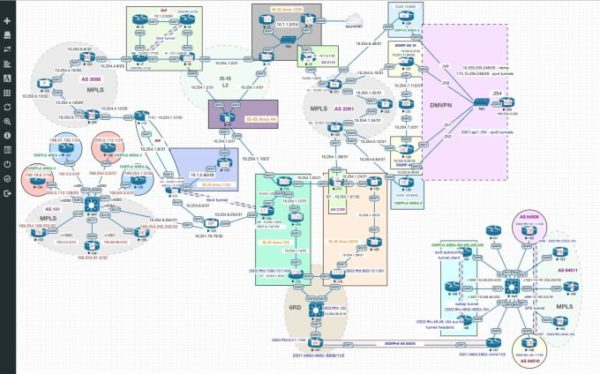
However, if you want more features and advanced options, you can go with the professional edition, which can cost you some fee.
The incredible thing about this tool is that it comes with 63 nodes caps, even the free version. For beginners, this is ab invaluable feature.
2. CISCO Packet Tracer
This next tool is useful for students who want to learn the core concepts of CCNA. The CISCO packet tracer is a simulation tool that showcases how the routers, nodes, and switches are connected in reality.
The tool has an easy-to-understand interface with a command-line where drag and drop option is available. This network tool is best for students who want to improve their understanding of CISCO networks.
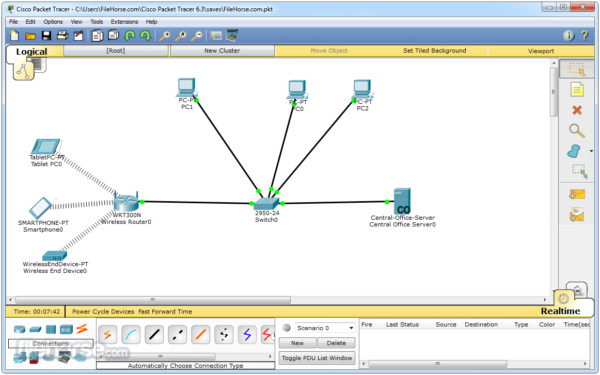
3. GNS3
Graphical Network Simulator-3, frequently known as GNS-3, is a fantastic free, open-source simulator. The technology is based on Python and solely relies on software called Dynamips, which helps in emulating CISCO technology.
The best thing about GNS-3 is that it is an open-source, free emulator that gives every person the right to view, edit, and modify it according to their requirements.
Moreover, the tool allows virtual devices to be simulated: start and stopped individually, which makes this preparation tool unique from other network simulators.
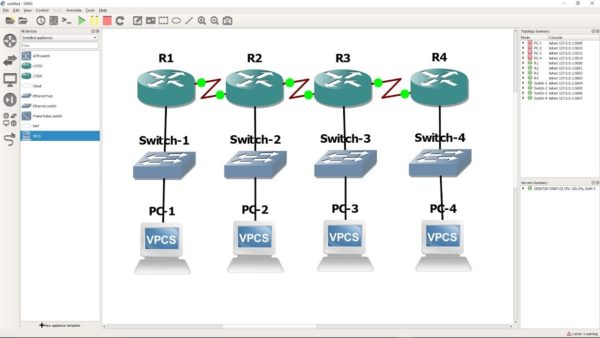
4. VIRL
VIRL stands for Virtual Internet Routing Lab. A virtual network simulator designed primarily for individuals and organizations. The simulator operates similarly, just like GNS3, with the client and server model.
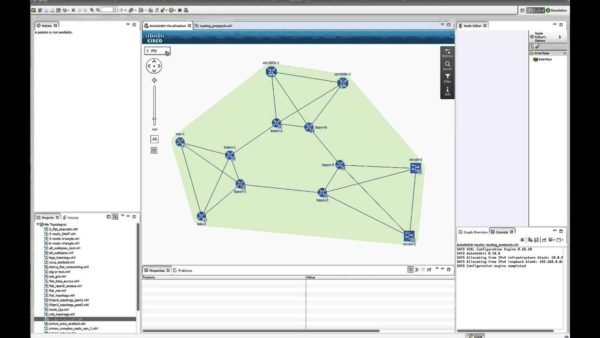
The most significant advantage of using VIRL is that it allows legit access to CISCO software images, which means it will feel like you are using the real thing rather than a simulator. It is why most networking students across the globe use this as a perpetration tool for their exams.
5. Boson NetSim
Boson NetSim is another network emulator that simulates CISCO routers and switches. Boson is an IT-based organization that is popular for its training in CISCO certification and preparation.
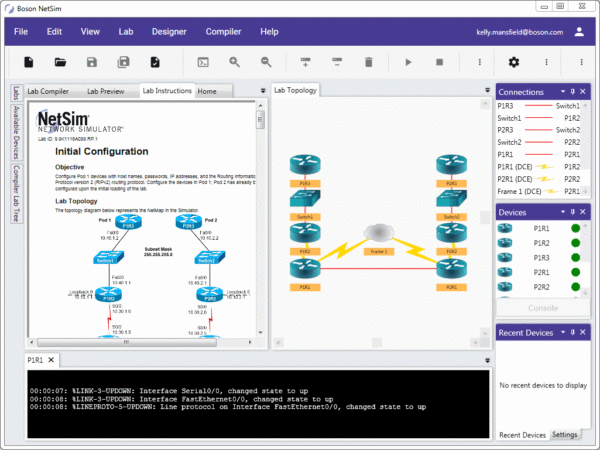
It is one of the finest tools if you are willing to be adept at networking. On can gain hands-on experience with guided labs covering all the skills necessary to complete network certification.
These are high-quality lab, and each lab has an experienced instructor that allows the candidates to learn and operate Boson NetSim just the way it is supposed to be operated.
Lastly, whatever lab you’ve purchased can easily be assessed from the application.
6. PuTTy
If you are looking for a light-weight, open-source, and a popular terminal emulator, then PuTTy is the right choice for you. It is developed by Simon Tatham in C language.
The essential operation of the emulator is to connect computers remotely while offering services like transferring files and manipulating them. It provides a variety of network protocols like Telnet, Serial, SSH, etc.
The command-line interface can quickly transfer files between one computer to another over an SSH connection. PuTTY is compatible with most operating systems with both 32 bit and 64 bit.
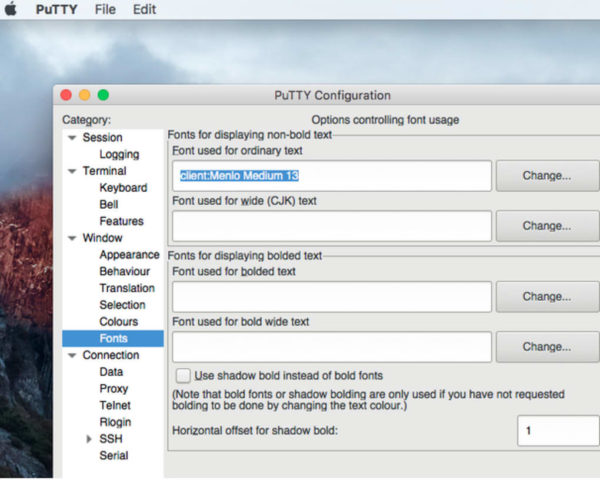
7. WhatsUp Gold
WhatsUp Gold is another tool used by many organizations that helps them manage their infrastructure and network activities securely. WhatsUp Gold tools help in discovering, monitoring, and visualizing network devices.
Using this tool, network students can learn networking through a real-time connection between devices.
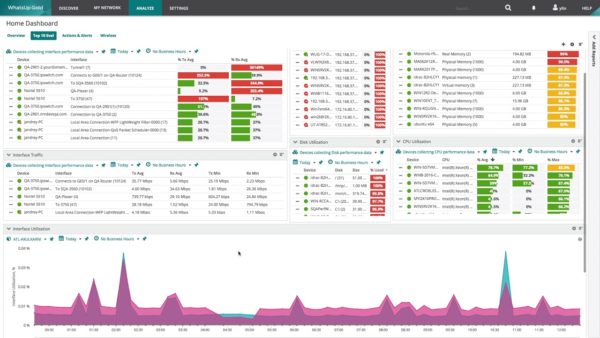
It can automatically detect devices in the network. It’s a blessing for IT administrators in a way that makes it easy to monitor traffic, enable and disable devices, and perform reports in a personalized dashboard.
8. EventSentry
EvenSentry is a log monitoring tool that is Windows-based and gives system administrators the ability to check the security of network and its efficiency within the infrastructure.
It also helps in detecting the issues caused by hardware and software failures. This gives admin the complete filtering and detection of problems faster, and the best part is that it is for all size businesses.
There are real-time alters, which can easily be translated into customized and flexible dashboards. The powerful tool allows collecting unlimited data, which is why the problem detection is quicker than other tools.
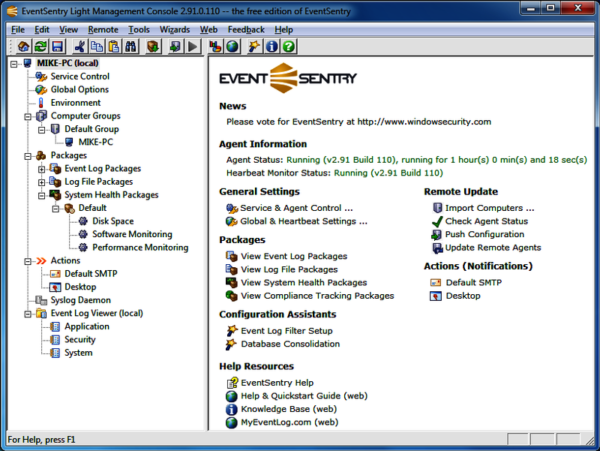
Photo Courtesy
Wrapping it up
These are just some of the best network simulators that are out there. However, they are not all of them. If you are eager to try more tools, the internet is there for you.
You can learn all the operation in real-time through these tools. It can make your progression from the classroom to the field very easy because you would have had the hands-on experience of everything.
These network simulators are a few of the best that are available for public use. You can use these tools and learn about networking in no-time. If you are ready to up your game in the networking field, then this is your best start.
Try out these tools and become a master at home. These tools will teach you how things work in the real world out there.
















